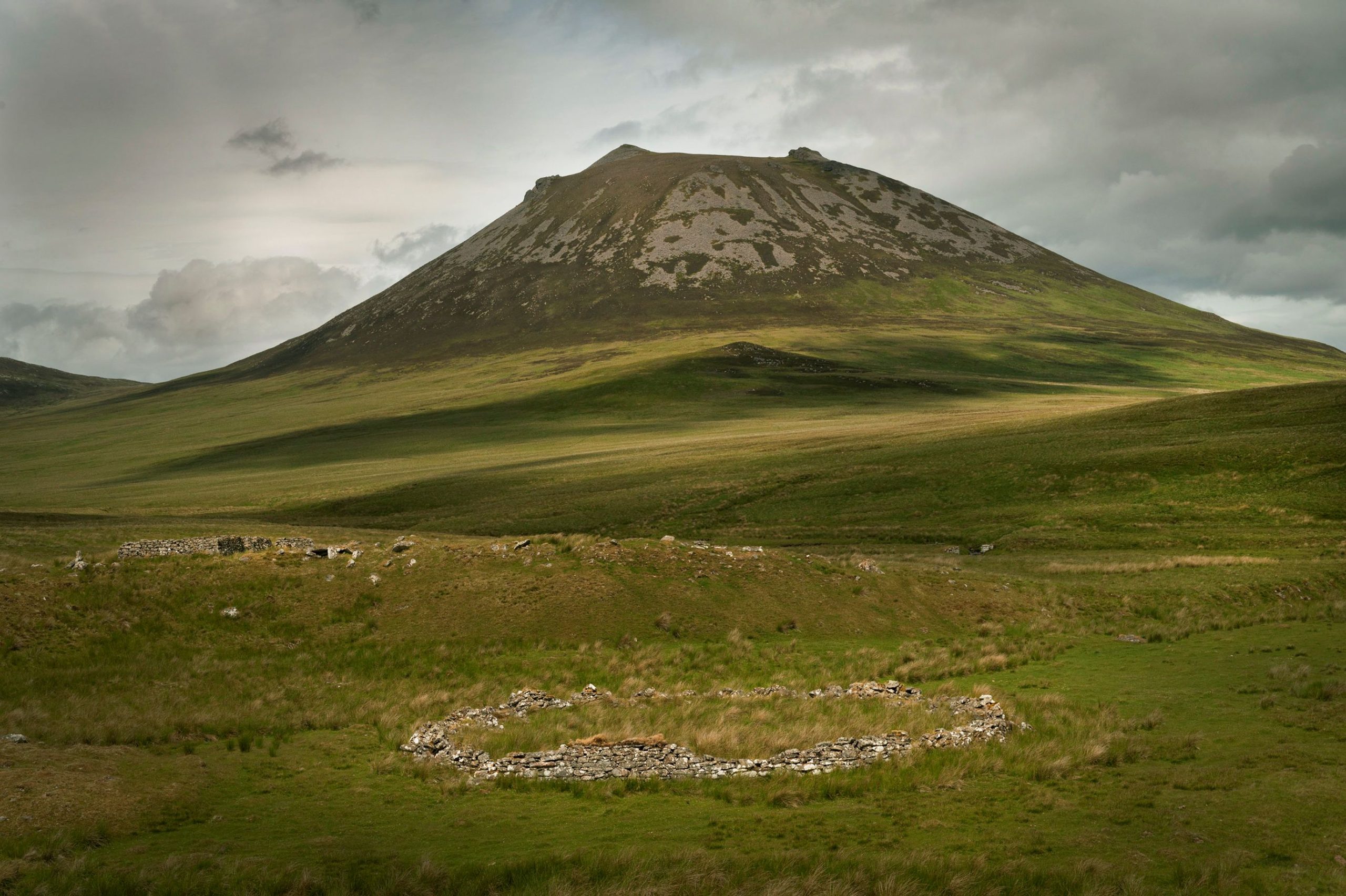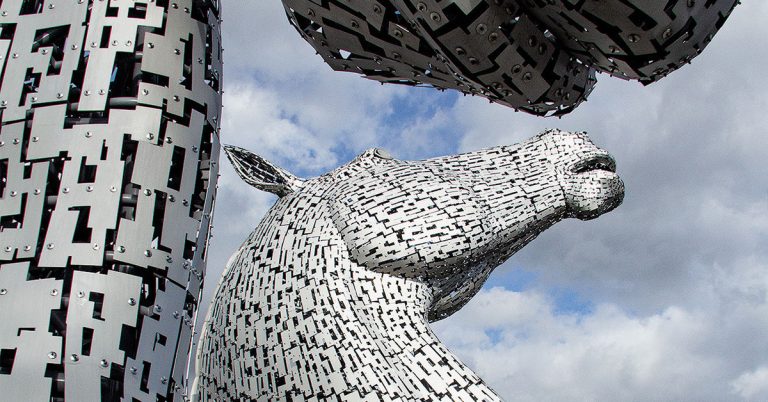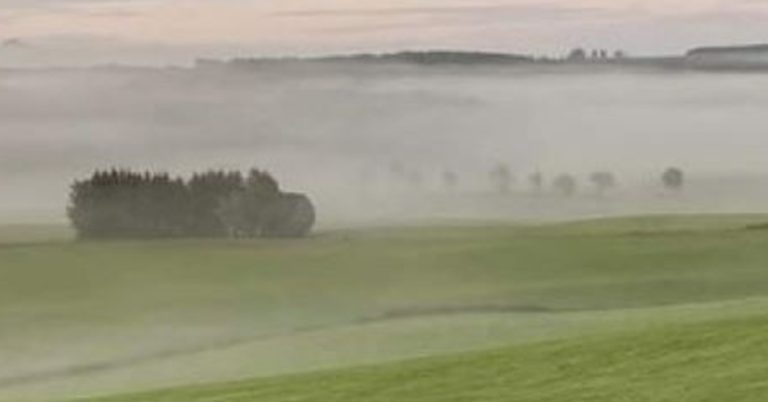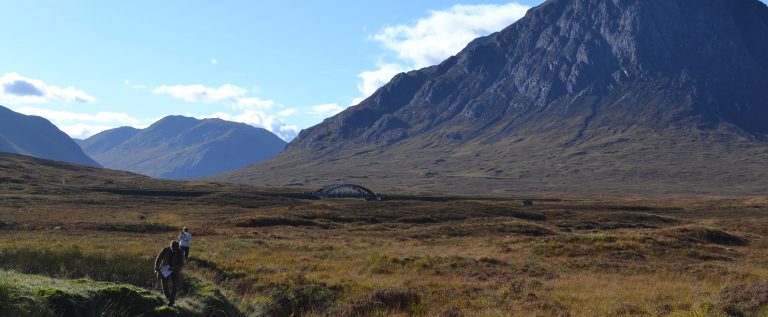
By William Parente
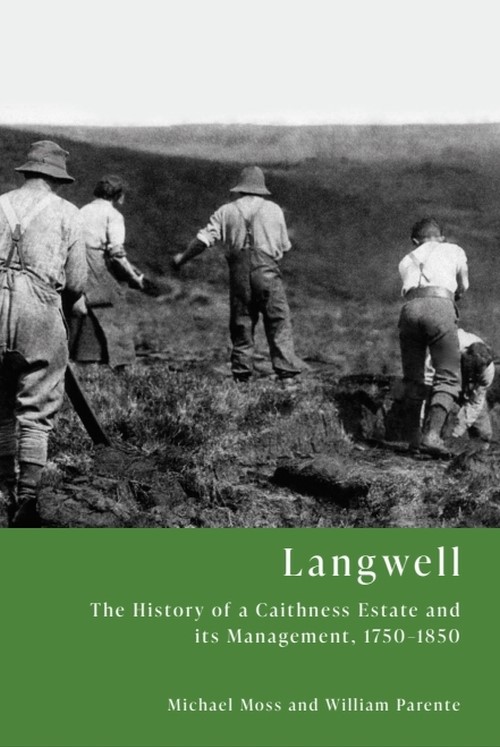
William Parente is the author of Langwell: The History of a Caithness Estate and its Management, 1750-1850, which traces the the history of a 30,000-acre Highland estate and its people through a period of immense social upheaval.
Langwell delves deep into the causes of the ‘Scottish Clearances’ so brilliantly described by Thomas Devine, and explores them through the prism of a single estate (traditional landholding), consisting of a scattering of small communities in the far north east of Scotland, where the dramatic changes in the Highland economy had devastating consequences in the ‘long eighteenth century’.
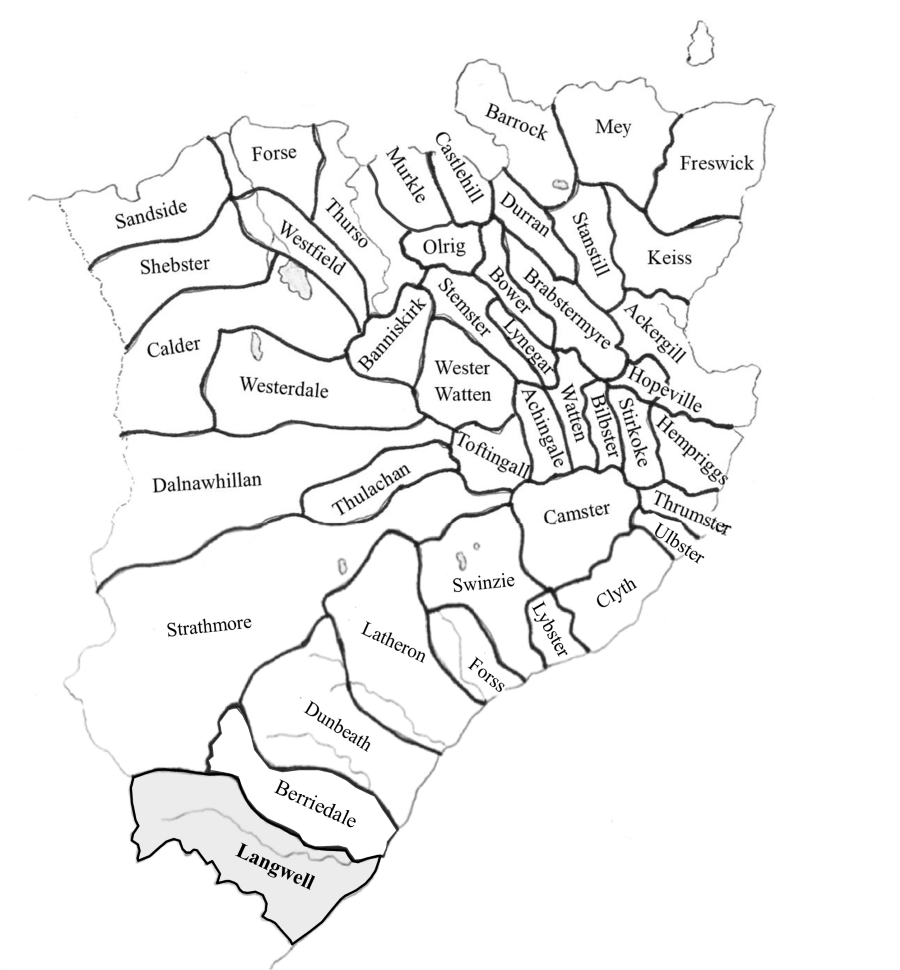
Highland Desolation
Why is so much of the Highlands deserted? Clearly people moved, but why did they move? Where did they move to? War, infrastructure improvements and agricultural innovation all had their impact, but changes to the Highland economy were the overriding factor.
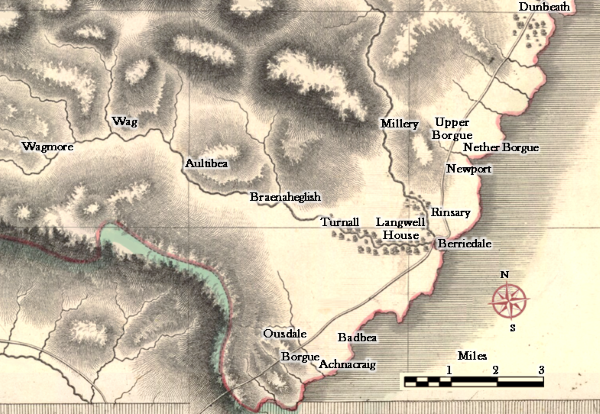
Traditional Economy
Until the Jacobite rebellion of 1745, the Highland economy was based on reiving and herding small black cattle. These beasts were in the main driven South for sale.
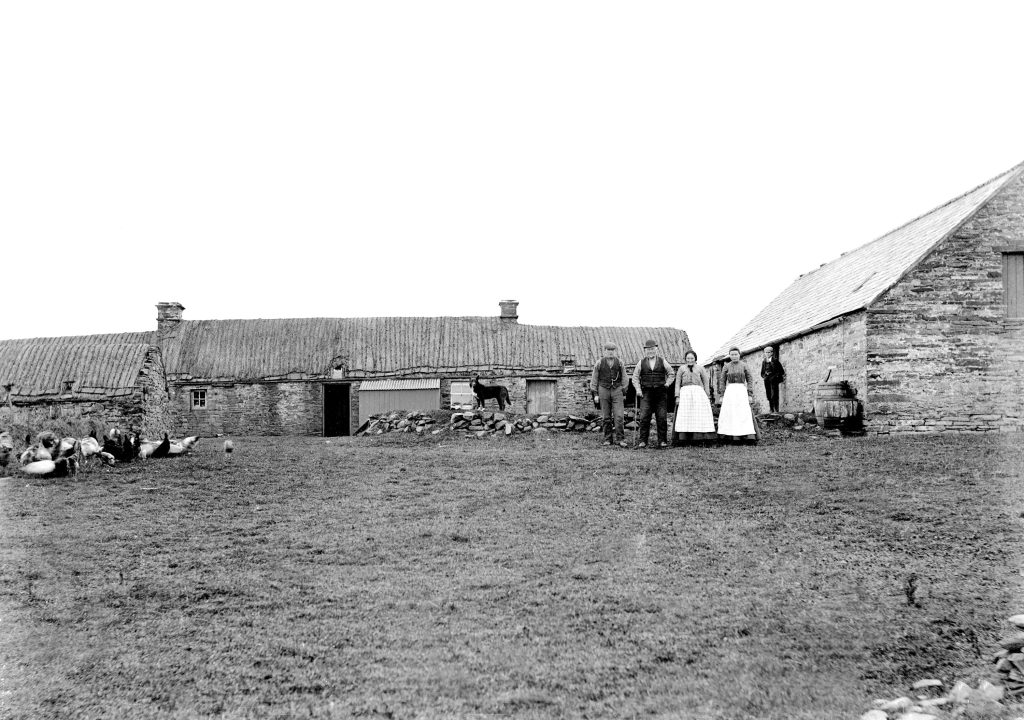
Economic Changes
The end of the Napoleonic wars meant less demand for these beasts, and the need for mutton and wool instead changed the Highland economy completely.
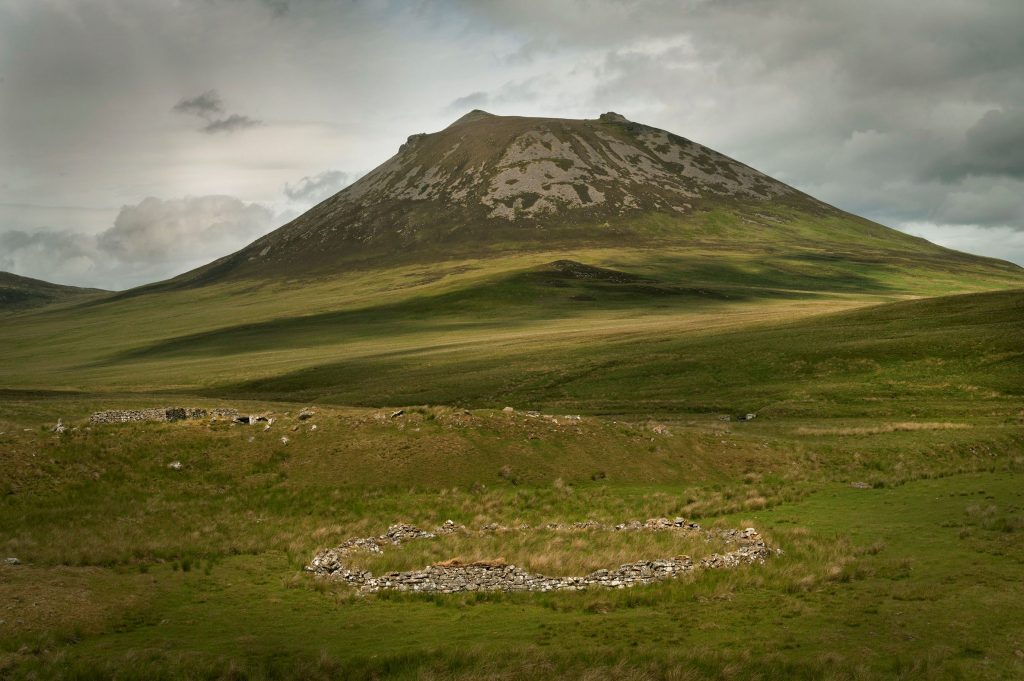
The Sheep Economy
Faced with impoverished tenants, living as subsistence smallholders, many landlords saw a new breed of sheep called the Cheviot as the way to save the Highland economy, and encouraged their tenants to adopt them.
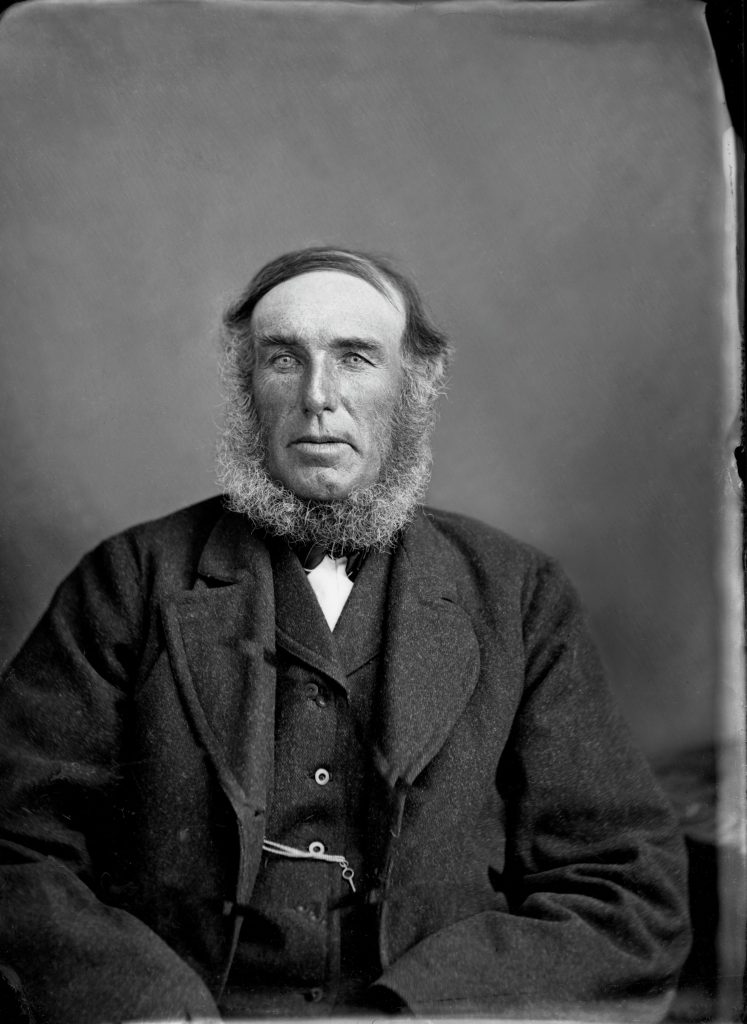
Highland Conflict
But the Cheviot flocks were only economical when they were very large – over a thousand sheep – and they competed with the native cattle and very small sheep, the traditional mainstay of the smallholders. The consequent changes to the Highland economy often led to conflict, even in the farming county of Caithness.
Economic Development
Meanwhile the Highland economy was being transformed by roads, sea communications, urbanisation and access to world markets for commodities.
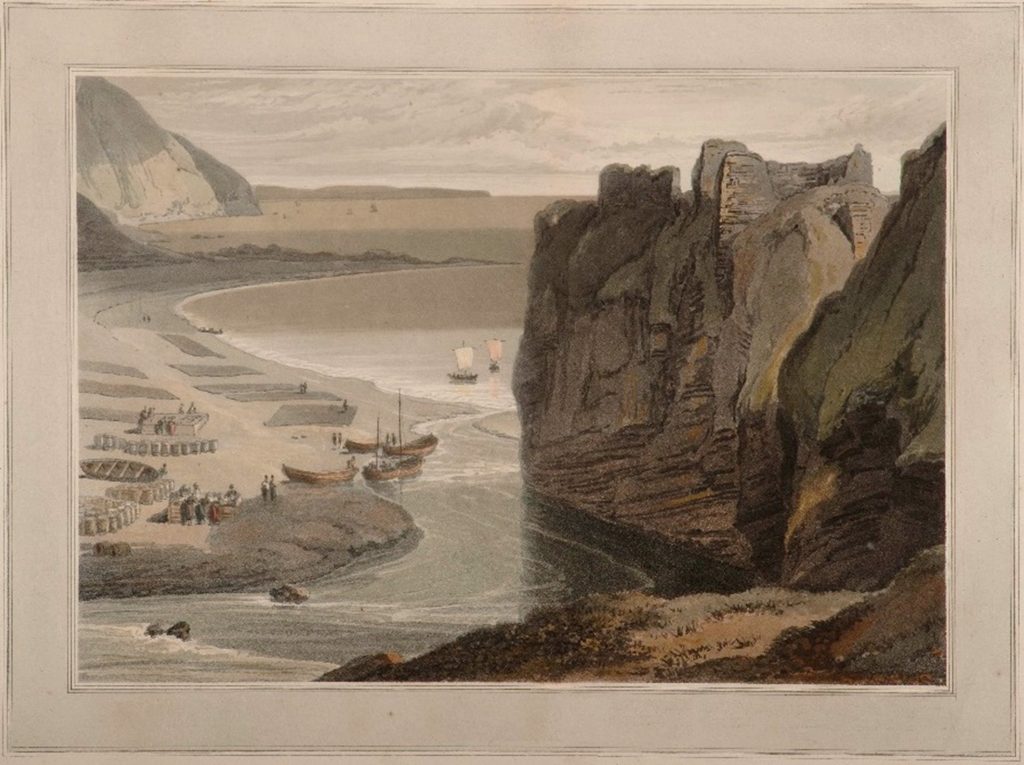
Highland Clearances
The results were impoverishment, abandonment of homesteads, emigration and often eviction as tenants struggled to adjust to the realities of the new Highland economy. The trauma of the Clearances has reverberated down the generations.
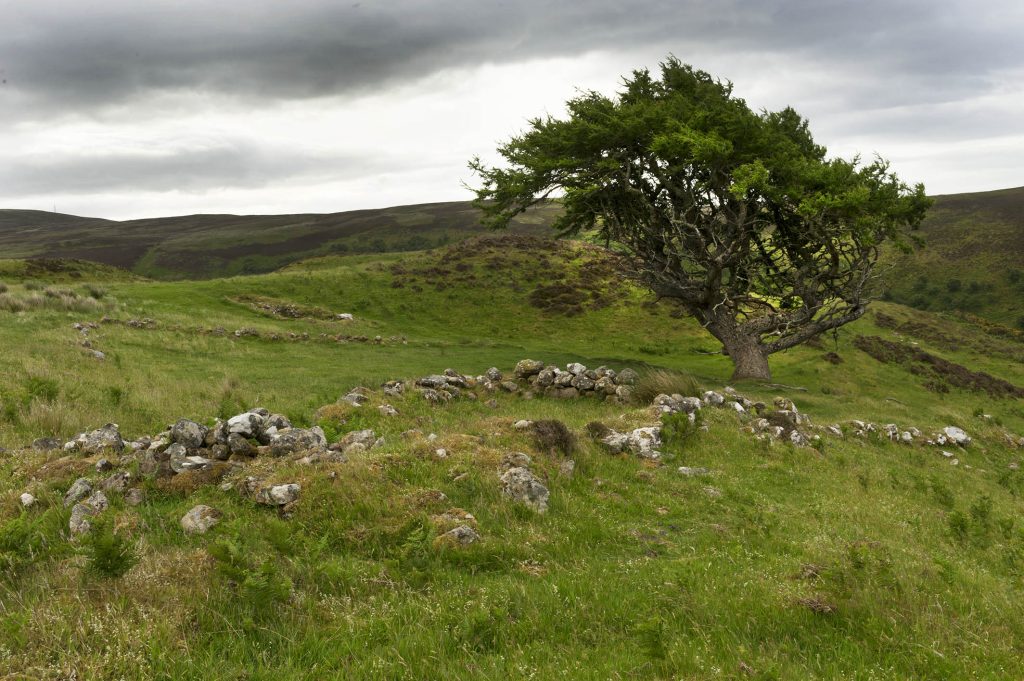
About the Author
Professor Michael Moss was a renowned economic historian, who wrote on subjects as diverse as Harland and Wolff, Culzean castle, the Scotch whisky industry, the Hutton enquiry and the Standard Life Insurance company.
William Parente worked as a theatre director, journalist, and film producer. His family have owned Langwell since 1857.
Explore related articles on the EUP Blog
James Macpherson, the man behind the myth: Highland clan champion and nouveau riche
Wicked Wild Wastes?: challenging contemporary ideas of wildness in Scottish Highland landscapes
Fr John Morrison: defender of an island’s cultural heritage and faith

Image Credits
- Redrawn from Iain Sutherland, Caithness 1770 to 1832, Signal Enterprises, Wick, 1995 ↩︎
- Reproduced with permission from the National Libr ary of Scotland, 74400135 ↩︎
- Wick Society Johnston Collection ↩︎
- Chris Cormack ↩︎
- Wick Society Johnston Collection ↩︎
- William Daniell, 1819, Langwell Collection ↩︎
- Chris Cormack ↩︎


